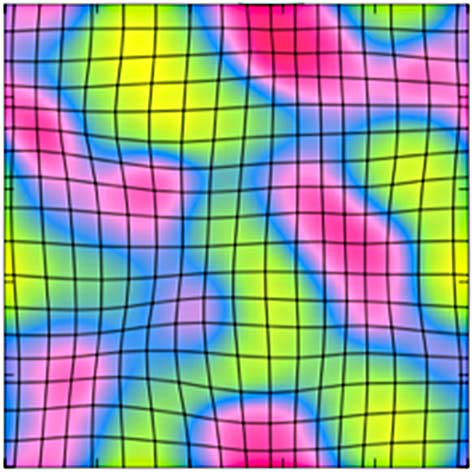Characteristic phase separation pattern © Christoph Weber, CSBD / MPI-PKS
Living systems are distinct due to their ability to actively create forces. These forces can affect their mechanical properties and alter their stability. Examples are the contractions of the cytoskeleton (a gel inside cells maintaining their shape), the compaction of cells convert to bone and cartilage, and the formation of furrows and tubes in developing tissues. These active systems are dense and composed of components that are well connected. Therefore, they not always behave as liquids rather exhibit also properties known from solids. It remained an open question which physical parameters determine the stability of such active systems and which patterns can develop.
Christoph Weber, group leader at the CSBD and the MPI for the Physics of Complex Systems (MPI-PKS), and his collaborators from Harvard University, have now developed a generic theory addressing the instability mechanisms in such dense active systems. The researchers treat these systems as a mixture of two immiscible phases that vary in activity and mechanical properties. In their latest publication in Physical Review Letters, they show under which conditions differences in active stress between the two phases cause a demixing instability, that results in pulsatory patterns and moving solid-like droplets. The underlying mechanism of differential activity complements the known drivers for phase separation instabilities such as differences in adhesion, size, shape, diffusion, and motility.
Christoph says, “Our approach might represent a starting point to develop quantitative theories to advance our understanding of living systems with complex properties to deform and flow. An example may represent the separation of different cell types during embryonic development.”
Publication:
Christoph A. Weber, Chris H. Rycroft, and L. Mahadevan: Differential Activity-Driven Instabilities in Biphasic Active Matter, Phys. Rev. Lett. 120, 248003 – Published 12 June 2018
DOI: 10.1103/PhysRevLett.120.248003
